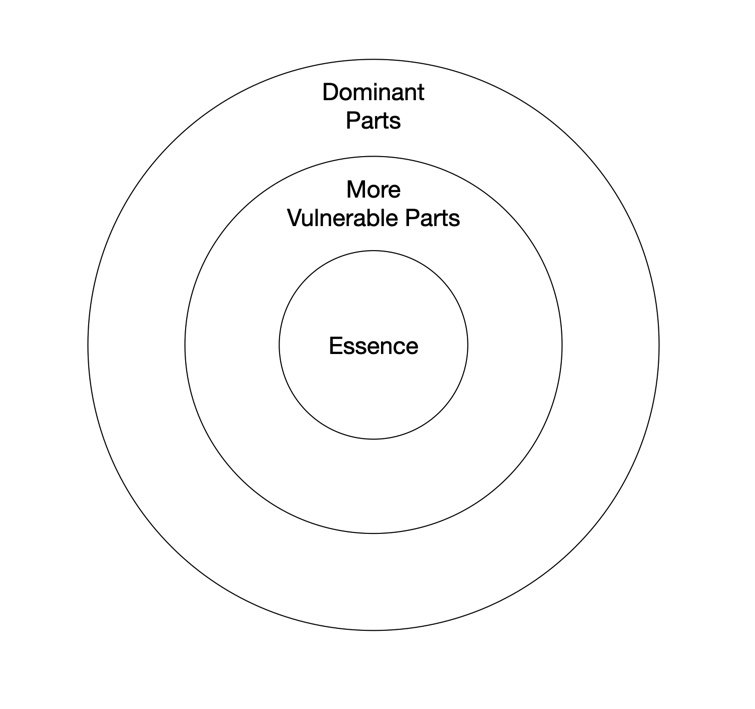I’ve been caught up in doing over the last month. For good reason. There are multiple challenging projects in progress, much going on personally as well as professionally, and many things that I want to accomplish in the coming months. But, my to-do list is out of control and growing at an alarming rate.
At times like this, it is easy to double down on doing. That’s the obvious choice. Work faster and harder to try to get things under control. You know that story. You’ve been there many times.
What gets lost in these moments is depth of being. It is crowded out by doing, by pace, by the adrenalin of achievement and the stress of striving. And it shows. It impacts the quality of the presence I show up with. It impedes my ability to tune into what is most wanted and needed. It constrains the flow of wisdom and inspiration. And it takes a toll on my creativity, energy, health and mental wellbeing, imperceptibly at first.
Here’s the thing though. While most view slowing down as a concession or a decision to achieve less. It need not be. It is a call to greater being that enables greater doing. We are human “beings”, yes. And we have roles to play in our families, communities and systems (organisations, industries, countries, regions). We can play those roles more effectively when we are better able to balance depth of being with doing. This is the beginning of inspired action. This opens the door to leveraged impact.
And the good news is it need not be about taking days or weeks out to meditate on the mountain top removed from the world. We can drop into depth of being in a micro-moment. A brief touching into the depth within you that is beyond the protective mechanisms of the personality is all it takes.
Here’s 3 things that may work for you.
Listen to the sounds furthest away from you for a few seconds. (This is a part of PQ Rep, developed by Shirzad Chamine. Ask me about joining the Positive Intelligence program if you’d like to learn more.)
Look within. Sense into that part of you that is beyond all parts. The part with no attachments, no desires, no need to protect or defend or project. (This is easier with practice, particularly if you are doing parts work - highly recommended.)
Lighten up. This seems contradictory., but is powerful. When we lighten up, by laughing at ourselves for example, we let go and allow the deeper, wiser aspects of ourselves to come forward.
Try it now, and let me know how you get on.



